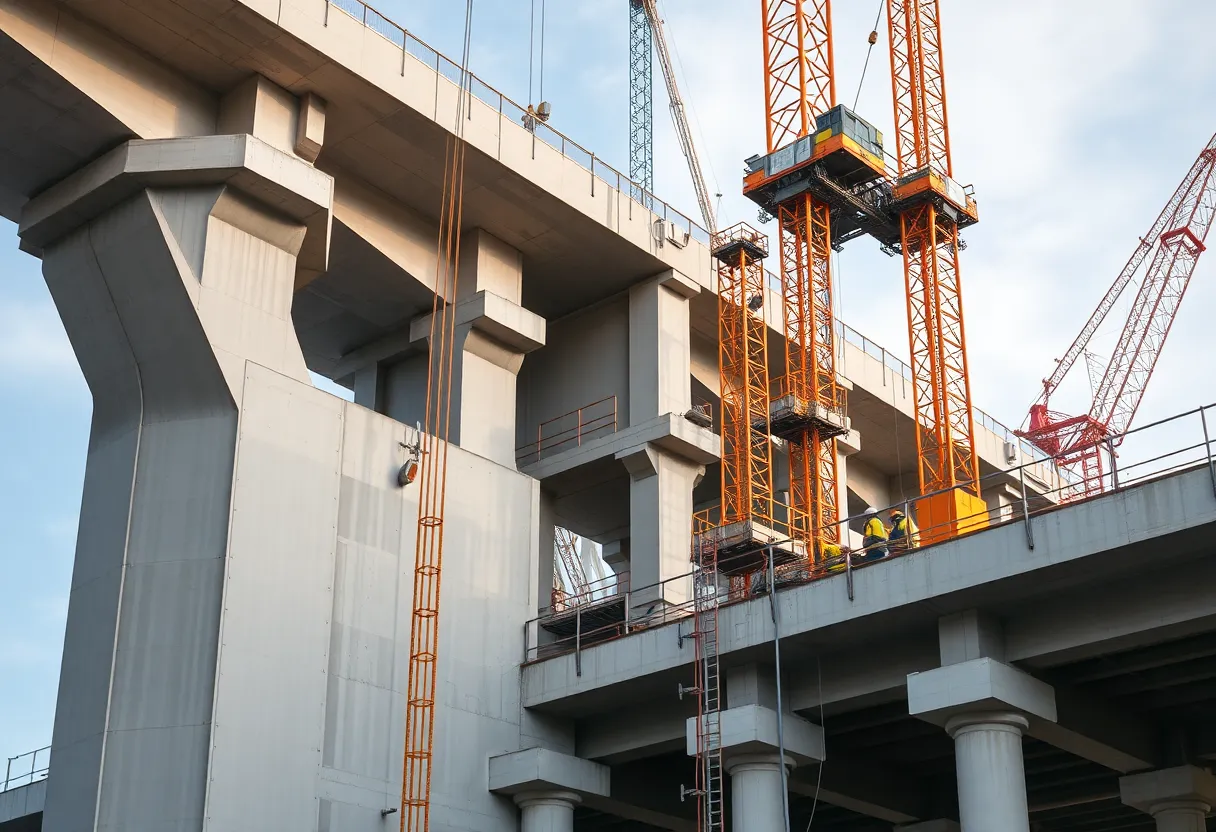The Role of Precast Connections in Modern Infrastructure
The evolution of infrastructure requires innovations that not only enhance efficiency but also ensure structural integrity. One significant development in this area is the use of precast connections. This blog article explores their role, advantages, and the overall impact on modern infrastructure.
Understanding Precast Connections
Precast connections refer to the pre-manufactured elements used in construction, enabling various structural components to be connected accurately and efficiently. Traditionally, construction relied on cast-in-place methods, which could lead to inconsistencies and delays. With precast systems, concrete elements are fabricated in a controlled environment, improving quality and reducing on-site construction time.
Types of Precast Connections
There are several types of precast connections used in modern infrastructure:
- Mechanical Connections: These involve the use of bolts and anchors to connect precast elements. They offer flexibility and the ability to disassemble structures without damaging components.
- Interlocking Connections: This design allows precast elements to fit together like puzzle pieces. It enhances stability and ease of installation.
- Cast-in Connections: This method involves embedding steel plates or rebar into the precast elements which bond with poured concrete on-site, creating a strong bond between sections.
The Importance of Precast Connections in Infrastructure
The incorporation of precast connections into infrastructure projects is essential for several reasons, primarily concerning efficiency, quality, and safety.
Efficiency in Construction
Time is a critical factor in construction projects. Precast elements are manufactured off-site while site preparation occurs simultaneously. This parallel process accelerates project timelines, ultimately leading to faster completion of infrastructure projects. With precast connections, the need for extensive formwork and labor on-site is reduced.
Quality Control
Precast elements are created in a controlled factory environment. This enables consistent quality and adherence to design specifications. The controlled conditions minimize the risks of defects that can occur in situ, ensuring a higher level of structural integrity.
Structural Integrity and Safety
Safety is paramount in any construction project. Precast connections are engineered to withstand various loads and stresses. The durability of precast components mitigates the risk of structural failures, which is critical for public safety. Moreover, many precast connections are designed to offer seismic resistance and load distribution, making them suitable for high-risk areas.
Case Studies in Modern Infrastructure
Various projects worldwide have successfully utilized precast connections, showcasing their benefits in real-world applications.
Highways and Bridges
Many modern highways incorporate precast components to facilitate rapid construction with minimal disruption to traffic flow. For instance, in the construction of the East End Crossing in Indiana, precast deck panels were deployed. The result was a reduction in construction time while maintaining high structural integrity.
Buildings and Towers
Precast connections are particularly beneficial in skyscraper construction. The Burj Khalifa, for example, used precast concrete connections that enhanced speed and efficiency during its construction. The project’s success demonstrates that precast technology can support ambitious architectural designs while ensuring structural components remain robust and reliable.
Environmental Sustainability
The shift towards precast connections also aligns with global efforts to enhance environmental sustainability in construction. The manufacturing process allows for precise control over material usage, minimizing waste. Additionally, many precast components can incorporate recycled materials, contributing to LEED certification criteria.
Energy Efficiency
The thermal properties of precast concrete can enhance the energy efficiency of buildings. The insulating characteristics contribute to lower energy consumption for heating and cooling, making infrastructures more sustainable over their lifecycle.
Challenges and Considerations
While the benefits of precast connections are significant, some challenges should be considered.
Transport and Handling
Precast elements are heavy and require careful transport to site locations. This aspect can increase logistics costs, especially for remote projects. Additionally, adequate equipment and trained personnel are needed for safe handling and installation, which can lead to further planning considerations.
Design Limitations
Adapting traditional designs to incorporate precast components may present challenges. Architects and engineers must collaborate closely during the design phase to ensure that the structural elements function cohesively and adhere to building codes.
The Future of Precast Connections
The future of precast connections seems promising. Advanced technologies such as Building Information Modeling (BIM) are paving the way for even greater integration of precast systems in infrastructure projects.
Technological Innovations
With BIM, designers can create precise digital models that optimize prefabrication methods. Automation and robotics may further enhance manufacturing processes, reducing costs and increasing the overall efficiency of infrastructure projects.
Increased Application
Emerging trends indicate an increase in the use of precast connections in several sectors, including residential buildings, commercial properties, and transportation infrastructure. As stakeholders recognize the long-term benefits, the adoption of precast technology is likely to grow.
Conclusion
The role of precast connections in modern infrastructure cannot be overstated. They contribute to improved efficiency, enhanced quality, and superior safety standards, making them indispensable in contemporary construction practices. As we continue to prioritize sustainability and structural integrity, the advancements in precast technology will play a pivotal role in shaping the future of infrastructure globally.







